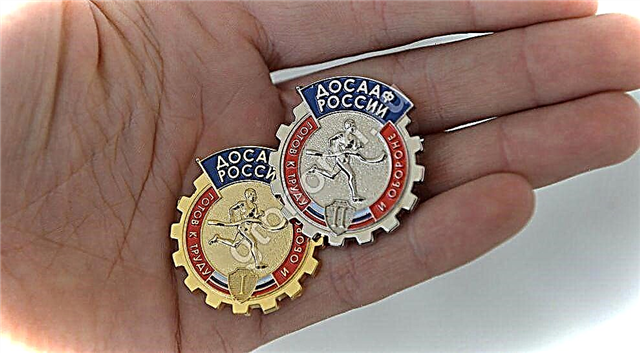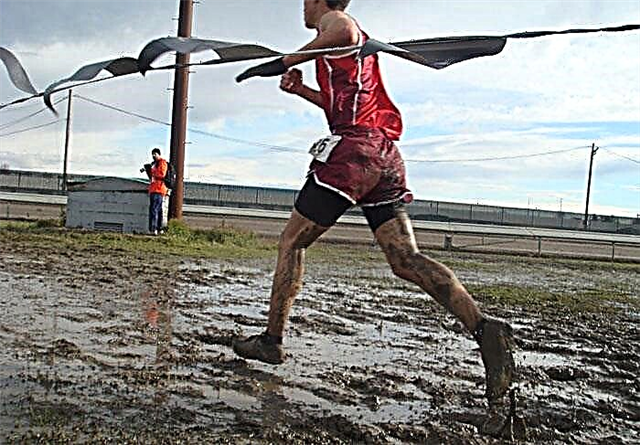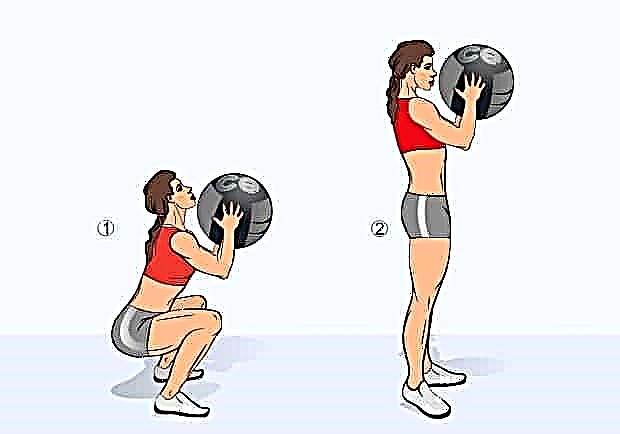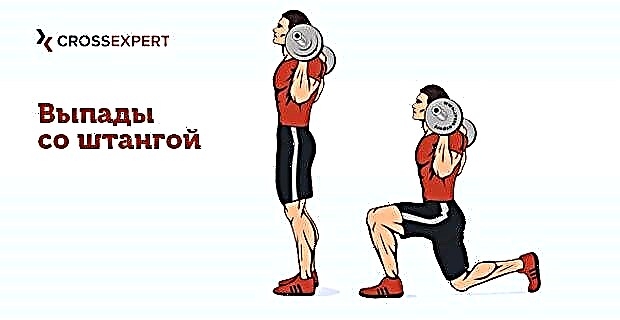Until recently, pegboards (simulators that imitate the movements of climbers and rock climbers) could only be found in shopping and entertainment centers and amusement parks, but now almost every self-respecting CrossFit gym is equipped with them. The reason is simple: pegboards are inexpensive and very effective in training. Such boards are popular with athletes of all skill levels, as a crossfit pegboard allows you to better develop the functionality and strength endurance of your body, achieving new athletic heights.
In this article, we will talk about what a pegboard is and what training with this sports equipment will give us.
What is a pegboard?
Pegboard (pegboard) - a special flat wooden board with holes, imitating the movement of a climber when climbing a vertical rock.
Movements are carried out using special handles that need to be inserted into the holes on the board. In this case, the pegboard is hung on the wall vertically, horizontally or at an angle. Lifting the body is carried out exclusively due to the work of the arms and muscles of the shoulder girdle, the muscles of the legs are practically not involved in the movement.
The length of the board can be different: from 75 to 150 centimeters. Gyms are equipped with longer pegboards, short models are perfect for home workouts. In addition, having minimal experience with a circular saw, drill and grinder, you can easily make a pegboard suitable for your purposes without much difficulty, without spending money.

© leszekglasner - stock.adobe.com
Simulator efficiency
The effectiveness of this projectile lies in the fact that such a load, combining static and dynamic elements, is very specific, and for the muscles of the shoulder girdle, accustomed to monotonous work with iron in the gym, this will be a huge stress and stimulus for further growth.
In fact, you work with your own weight, performing a large number of pull-ups in the hang on two or one arm, in different planes and in different amplitudes, which loads a huge number of muscle groups of the torso and stabilizer muscles, improves the relief of your body, makes ligaments and tendons stronger and stronger, strengthens grip strength and develops monstrous strength endurance throughout the muscles of the torso.
What muscles work?
The main muscle groups that are involved in pegboard climbing are the biceps and brachialis, the back and middle bundles of the deltoid muscles, the muscles of the forearms and hands, the latissimus dorsi and trapezius, and the rectus abdominis muscle.
The extensors of the spine, the anterior bundles of the deltoid muscles and the gluteal muscles stabilize the body during lifting.
Types of pegboard climbs
In his training, the athlete can perform pegboard lift in several variations. Let's consider the features of each of them.
Pegboard vertical climb
This is the type of lift you should start using this projectile with. The vertical lift is usually not particularly difficult for intermediate athletes, since the movement is anatomically similar to pull-ups on the bar using a narrow parallel grip, or with rope climbing. You should start the study of the exercise with a short board and gradually increase the load, performing the exercise on longer pegboards or doing more up and down lifts performed at a time.

© leszekglasner - stock.adobe.com
Horizontal climbing on a pegboard
The horizontal lift is somewhat more difficult than the vertical one, as it requires strong and resilient muscles in the arms and back, as well as developed biceps and muscles of the forearms. Throughout the movement, the arms are bent at the elbows, the biceps, rear deltas and latissimus dorsi are in constant static tension. Untrained athletes can easily get injured at the same time, since too much stress is placed on the elbow and shoulder ligaments.

Climbing the board at an angle
This movement combines the elements of the previous two, we simultaneously move both vertically and horizontally. Usually the board is placed at an angle of 30-45 degrees.

Angle lifts involve the most muscle groups, and almost all of the major muscles in our torso are involved.
Exercise technique
So let's take a look at how this exercise is technically performed.
Training
Before you start learning pegboard climbing, start with some preparatory exercises.
- First of all, these are pull-ups with different grip (wide, narrow, parallel, reverse, etc.), try to achieve a mark of 20-25 pull-ups in one approach. The ability to climb a rope without using legs will not be superfluous, these two movements are very similar in biomechanics.
- For horizontal lifting on a pegboard, the best auxiliary exercise are "hammers" with dumbbells, since they perfectly work out the biceps and brachialis - the very muscles on which most of the load falls when climbing a horizontal board.
- We recommend starting by climbing a vertical board, taking your time and maintaining an even pace throughout the entire set. There is no need to rush things. Even if you feel that you are ready for fast and "brutal" pegboard climbs, you should not do this, stretching the ligaments in such static-dynamic exercises is a trifling matter. Adherence to the correct technique and a thorough warm-up help prevent this.
In this exercise, it is extremely important to observe the correct technique of execution, since there is a risk of injuring the joints and ligaments.

© Kaspars Grinvalds - stock.adobe.com
Performance
Climbing the board should be done as follows:
- We take the starting position: we put the handles in the holes at a symmetrical distance. The back is perfectly straight, the gaze is directed upward, the forearms are slightly statically tense, the legs are relaxed. You can extend your legs completely downward, or bend your knees and take your feet back - whichever is more comfortable for you. Be sure to use a closed grip, since using an open grip, you will not be able to hold your own body weight for a long time, and your fingers will unclench;
- We make the first movement. If you are climbing a vertical wall, pull up a little in the starting position, then remove one handle from the hole and place it in the hole located 15-20 centimeters higher. The main thing is to be extremely focused on the movement and get into the hole the first time, otherwise your grip will weaken faster than all other muscles. If you are moving on a horizontal board, take one handle out of the hole and place it to the left (or right) of you and do not relax your arm muscles for a second. When moving on an incline bench, we are guided by the same technical principles;
- Once you have carried out the movement with one hand, achieve complete repayment of momentum, legs and back should be completely straight. Now you can continue climbing;
- Move with the other hand. Strongly contract the biceps and forearm of the upper arm (or side), this will be your fulcrum and balance. Hanging on one hand, rearrange the handle and try to carefully get into the hole located at the same level. Extinguish the momentum and repeat the same movements until you reach the end of the board.
Professional athletes can make it harder for themselves to lift a pegboard using additional weights suspended from their belt. This greatly increases the traffic intensity, but requires a very high level of training. Novice athletes are not recommended for execution.
Crossfit complexes
The functional complexes given below are designed for athletes of average and high level of training. They are contraindicated for beginners, as they give a strong axial load on the spine and contain technically complex exercises that require a developed musculoskeletal system and a trained cardiovascular system.









